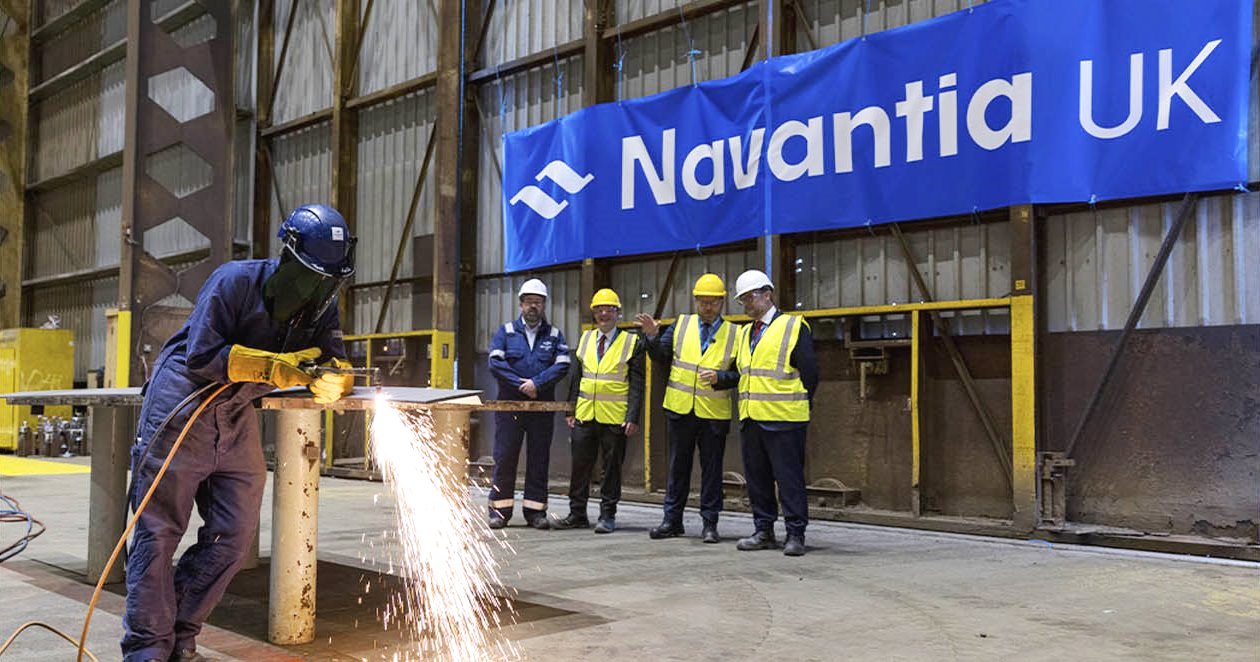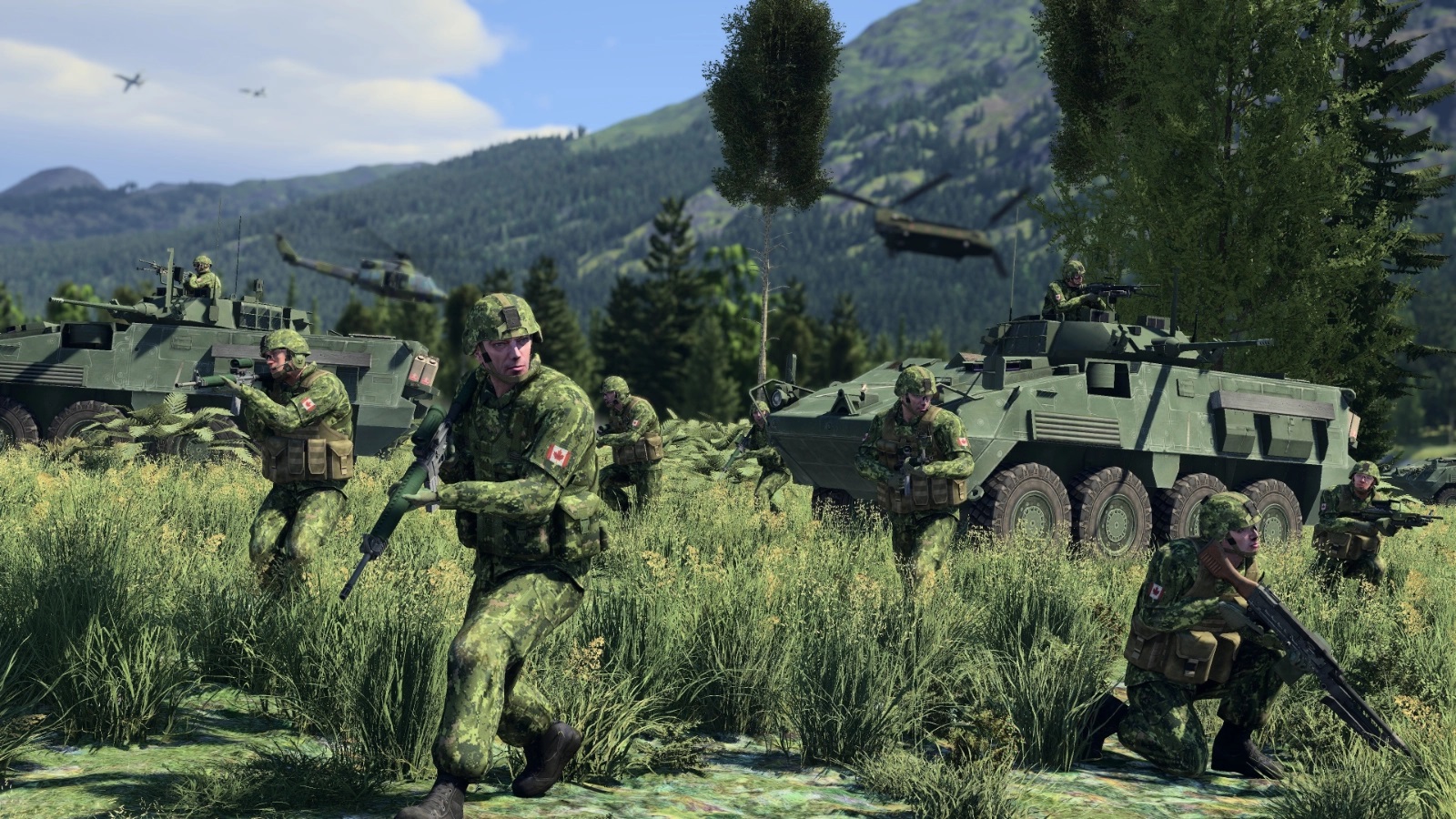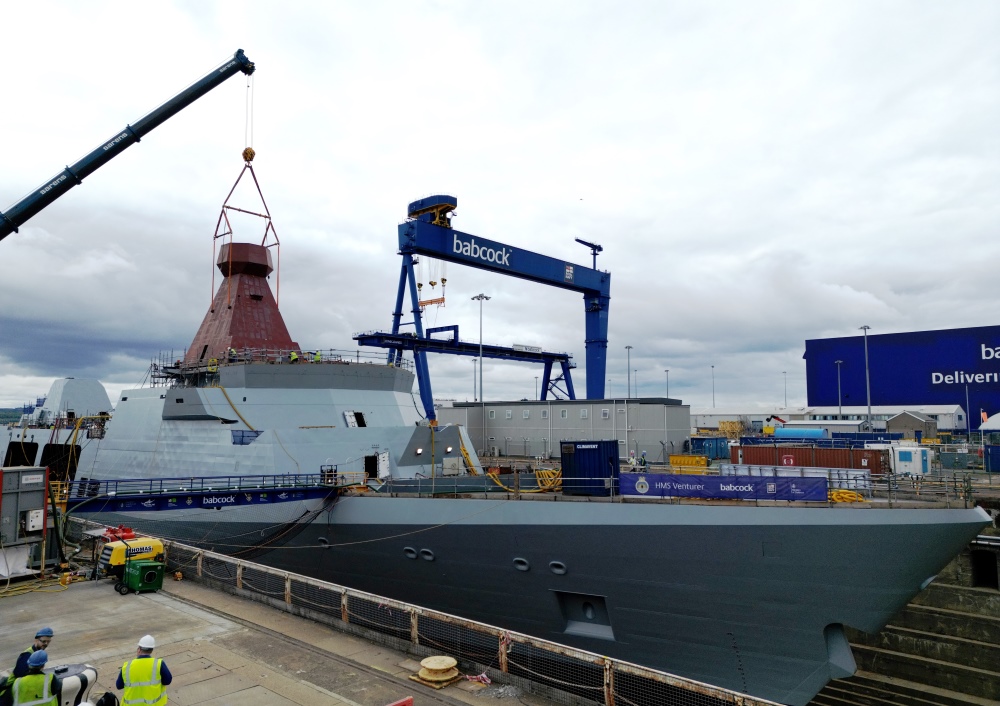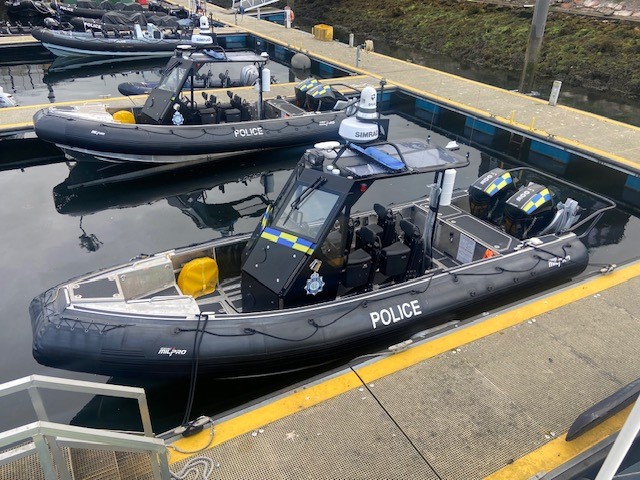GE Power Conversion researching DC distribution architecture for Royal Navy

Above: Royal Navy Type 23 frigate HMS Richmond is pictured during an exercise.
The company has been working closely with the UK Ministry of Defence (MoD) for many years on electric propulsion programs, which now propel most of the Royal Navy’s surface warships including the Type 23 anti-submarine warfare Frigate, which has operated for 25 years using its quiet, hybrid electric drive. The company helped the Royal Navy and Royal Fleet Auxiliary lead the way with the adoption of integrated full electric propulsion (IFEP) in the Albion-class LPDs and the Wave-class auxiliary oilers, producing a huge technological leap forward.
Currently under construction are two Queen Elizabeth-class aircraft carriers, the largest ships ever built for the Royal Navy, which again employ GE Power Conversion’s IFEP technology. Looking ahead, GE Power Conversion has started to manufacture the hybrid electric propulsion equipment for the Royal Fleet Auxiliary’s Military Afloat Reach and Sustainability (MARS) tankers, which will provide fuel, fresh water and other supplies to Royal Navy ships around the world.
DC power technology already has been assessed and proven at low power levels in the Electrical Ship Technology Demonstrator at Whetstone, a facility managed by GE Power Conversion for the MoD. GE Power Conversion is now embarking on a new MoD-funded project, “DC Architecture Enabling Technologies,” to further investigate the potential of DC architecture.
The project aims are to engineer DC distribution architectures for a variety of platforms and to identify potential equipment common building blocks with the aim of developing a technology roadmap to bring DC technology to maturity. It is expected that this will enable the MoD to have a choice of DC distribution medium to compare to conventional AC distribution for future platforms. GE is hopeful that the project will lead to the construction of a full-scale technology demonstrator.
“We have the suitably qualified and experienced personnel necessary to develop the technology to provide the MoD with a mature DC technology option for their future platforms,” says Mark Dannatt, director, naval business for GE’s Power Conversion business.
As indicated, the Royal Navy has considerable experience in operating IFEP vessels. The IFEP concept allows the generated electrical power to be used for both propulsion loads and ships’ services and sensors. On current platforms, electrical power is distributed as AC. The MoD is keen to investigate alternatives to AC architectures due to the widespread use of power electronics in variable-speed DC drives and its desire to increase efficiency and reduce the size and weight of installed electrical systems.
DC distribution has been a consistent theme throughout the UK’s electric warship development programs, and advances in power electronics now position DC power as a viable concept. A DC electrical system would typically incorporate a single-voltage distribution bus and localized power conversion to meet consumer requirements, removing the need for complex harmonic conditioning arrangements required of AC distribution systems.
“DC architecture shows great promise,” added Dannatt. “We think it could become a clear contender as the distribution medium for future IFEP systems in a wide range of naval ships.”











